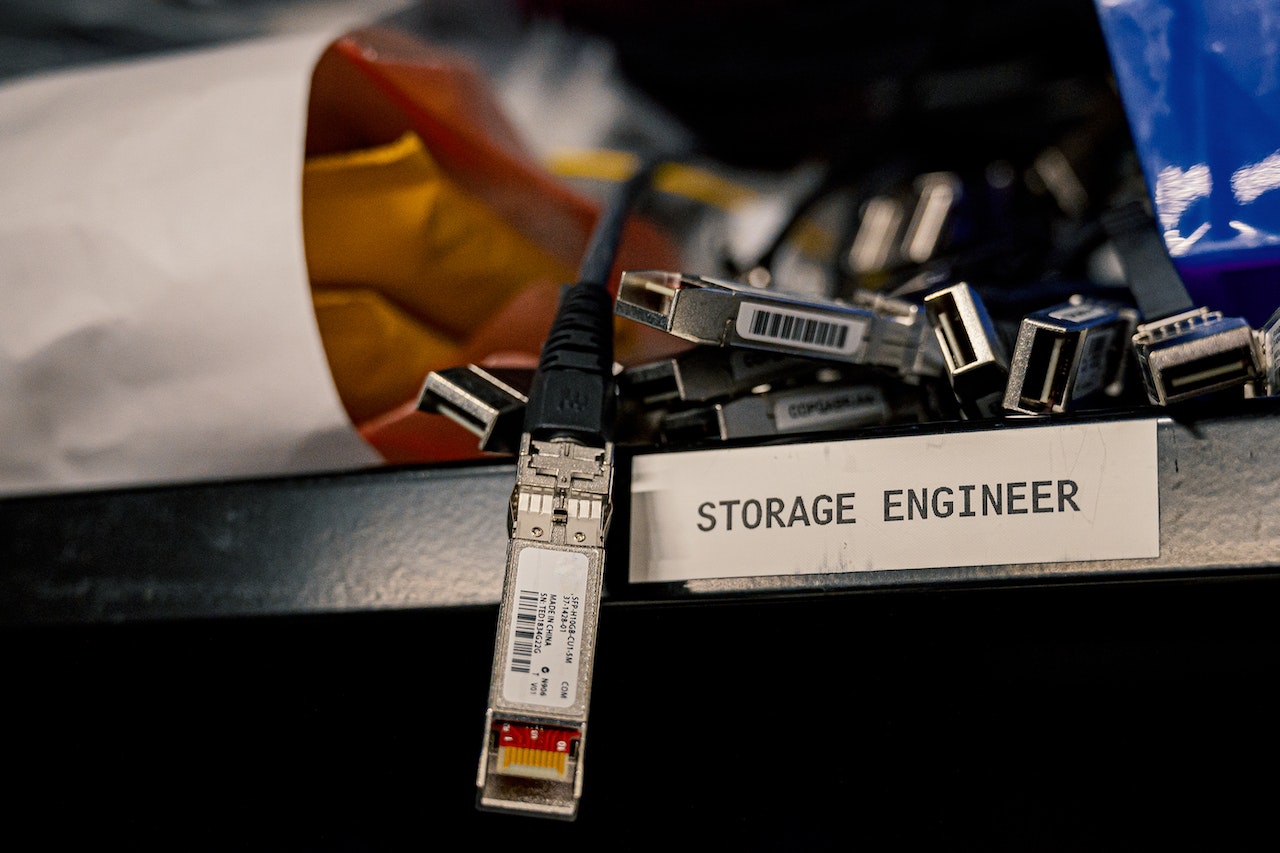Was ist Machine Learning?
Published
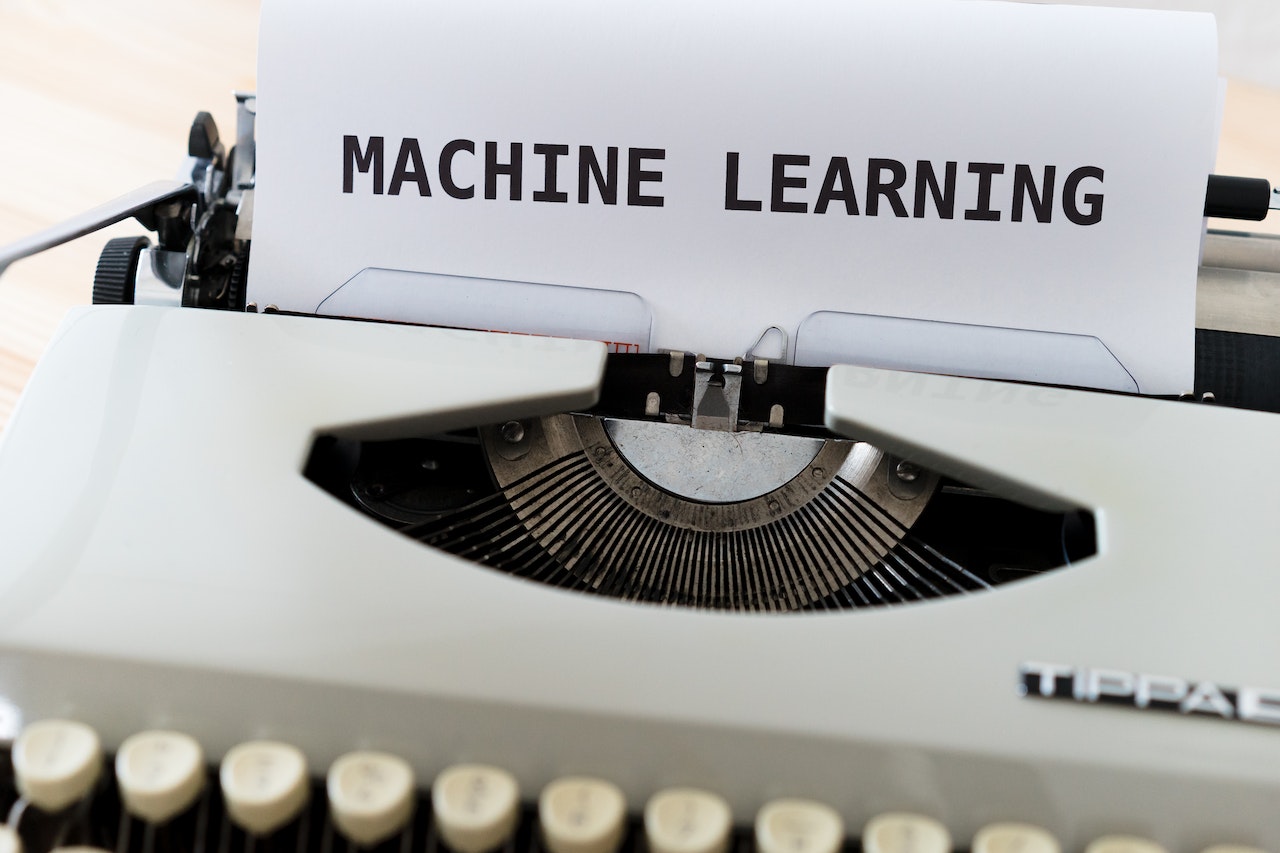
Machine Learning is a field of artificial intelligence (AI) that deals with the development of algorithms and models that enable a computer to learn from data and make predictions or decisions without having to be explicitly programmed.
If you want to acquire new machine learning skills or expand your existing skills, Skillshare is suitable for you. Please click here to access Skillshare's learning platform and gain new insights into a wide variety of topics.
The goal of machine learning is to recognize patterns in the data and apply those patterns to new, unknown data. This involves creating computer models that are trained on data and are able to make predictions or decisions when confronted with new data. These models can be used for a variety of applications such as speech recognition, image recognition, sales prediction, financial predictions and much more.
There are different types of machine learning techniques, including supervised learning, unsupervised learning, and reinforcement learning. In supervised learning, the computer is provided with input and output data pairs from which it can learn a pattern to make predictions on new data. In unsupervised learning, on the other hand, no output data is provided; instead, the computer tries to recognize patterns in the input data independently. In reinforcement learning, the computer learns by interacting with its environment by receiving feedback on its decisions.
Machine learning is an important technology that is used in many areas and will become even more important in the future.
In which areas is machine learning used?

Those : unsplash.com
Machine learning is used in a variety of areas. Here are some examples:
- Computer Vision: Machine learning algorithms are used to recognize patterns in visual data such as images and videos. This has applications in areas such as facial recognition, object recognition, automated surveillance, medical imaging, autonomous vehicles and robotics.
- Natural language processing: Machine learning is used to process and analyze language data such as texts or voice recordings. This is used in areas such as automated translation, chatbots, voice assistants and speech recognition.
- Finance: Machine learning is used to forecast financial data such as stock prices, market forecasts and risk management.
- Healthcare: Machine learning is used in medical imaging, diagnosing diseases, developing personalized treatment plans, identifying drug interactions, and monitoring patients.
- Marketing and advertising: Machine learning is used to create personalized advertising, analyze customer behavior and optimize marketing campaigns.
- Industry and manufacturing: Machine learning is used to improve the quality of products, optimize production processes and predict machine maintenance.
- Cyber security : Machine learning is used to detect and combat security threats.
These are just a few examples of many. Overall, machine learning is used in many areas to solve complex data problems and make better predictions and decisions.
For which areas is machine learning not suitable?
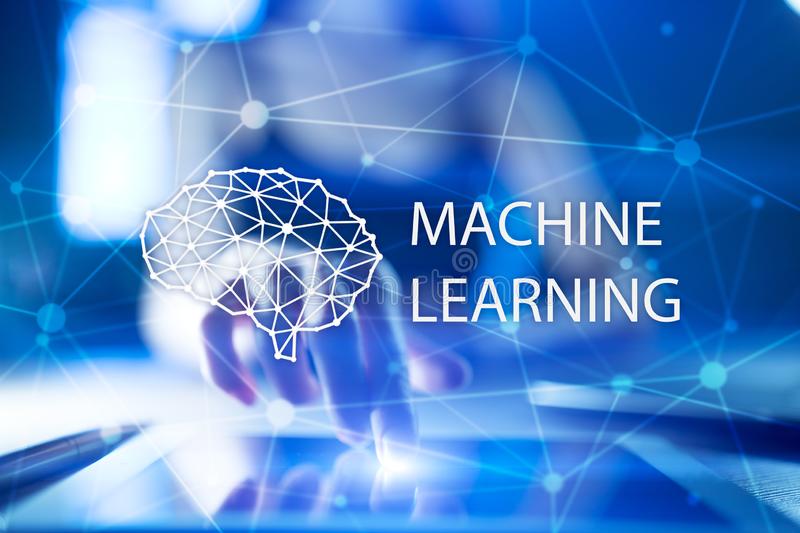
Those : dreamstime.com
Although machine learning is used in many areas and offers many advantages, there are also areas where it is not suitable or even unsuitable. Here are some examples:
- Small data sets: Machine learning requires a sufficient amount of data to recognize patterns and make predictions. If the amount of data is too small, the results may be unreliable or may not be generated at all.
- Complex and dynamic environments: Machine learning algorithms can struggle to deal with complex and rapidly changing environments because they are trained on existing data. In such situations, other technologies such as rule-based systems or recommendations for action may be more suitable.
- Creativity and Innovation: Machine learning algorithms can recognize and reproduce patterns in data, but they are unable to be creative or develop innovative ideas.
- Ethics and morals : Machine learning algorithms make decisions based on the data they are trained on, and this data may contain bias or discrimination. It is important that these biases and discriminations are recognized and addressed before deploying machine learning algorithms in critical areas such as healthcare or finance.
Overall, machine learning is a powerful technology, but there are also situations where other technologies may be better suited. It is important to understand the strengths and weaknesses of machine learning and decide whether or not it is suitable for a particular application.
What are the most famous machine learning methods and techniques?
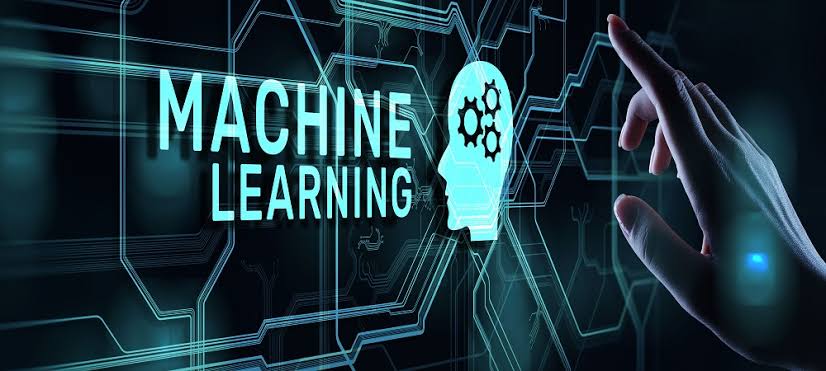
Those : freecodecamp.org
There are a variety of machine learning methods and techniques that are suitable for different applications. Here are some of the most well-known and commonly used procedures:
- Supervised Learning : An algorithm learns from a set of labeled examples and learns to classify new data or make predictions. There are two main types of supervised learning: classification (e.g. predicting whether an email is spam or not) and regression (e.g. predicting real estate prices).
- Unsupervised Learning : An algorithm learns from a set of unlabeled data and detects patterns or similarities in the data. Clustering (grouping similar data sets) and anomaly detection (detecting data that deviates from the norm) are examples of unsupervised learning.
- Reinforcement Learning : An algorithm learns by interacting with an environment, receiving positive or negative feedback on its actions. An example of reinforcement learning is a computer program that learns to play chess or Go.
- Deep Learning : A method that uses artificial neural networks with many layers of neurons to solve complex problems such as image or speech recognition. Deep learning has developed significantly in recent years due to advances in hardware and algorithms.
- Transfer Learning : A method that uses already trained models to solve new tasks with a limited data set. It helps speed up training of models and improve their performance.
- Ensemble Learning : A method that combines multiple models to achieve higher prediction accuracy. Examples of ensemble learning include bagging, boosting and random forests.
These methods and techniques are just some of the most well-known and widely used in the machine learning community. There are many other techniques that can be used for specific applications and problems.
What training is required to get started in machine learning?
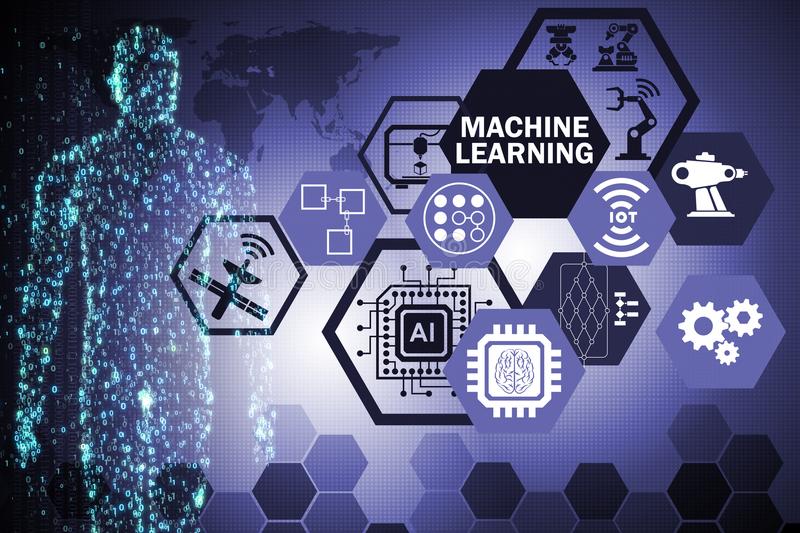
Those : dreamstime.com
There are different educational paths people can take to get into the field of machine learning. Some of the most common training paths are:
- Computer Science : A bachelor's or master's degree in computer science or a related field (e.g. data science or computer engineering) is a popular choice to gain knowledge of programming, data structures, algorithms and databases.
- Mathematics and Statistics: A degree in mathematics or statistics is a good foundation for machine learning as it provides knowledge of linear algebra, probability theory and statistical methods.
- Natural Sciences: People with a degree in natural sciences (e.g. physics, biology or chemistry) often have a strong mathematical and analytical mindset and can therefore do well in machine learning.
- Online courses and bootcamps: There are many online courses and bootcamps that introduce machine learning and provide knowledge in specific areas, such as deep learning or natural language processing.
- Practical experience: An internship or job at a company that uses machine learning can provide valuable experience and knowledge.
Overall, a combination of theoretical knowledge and practical experience in machine learning is often an effective method for achieving success in this field. It is important to stay up to date with the latest technology and continually educate yourself.

